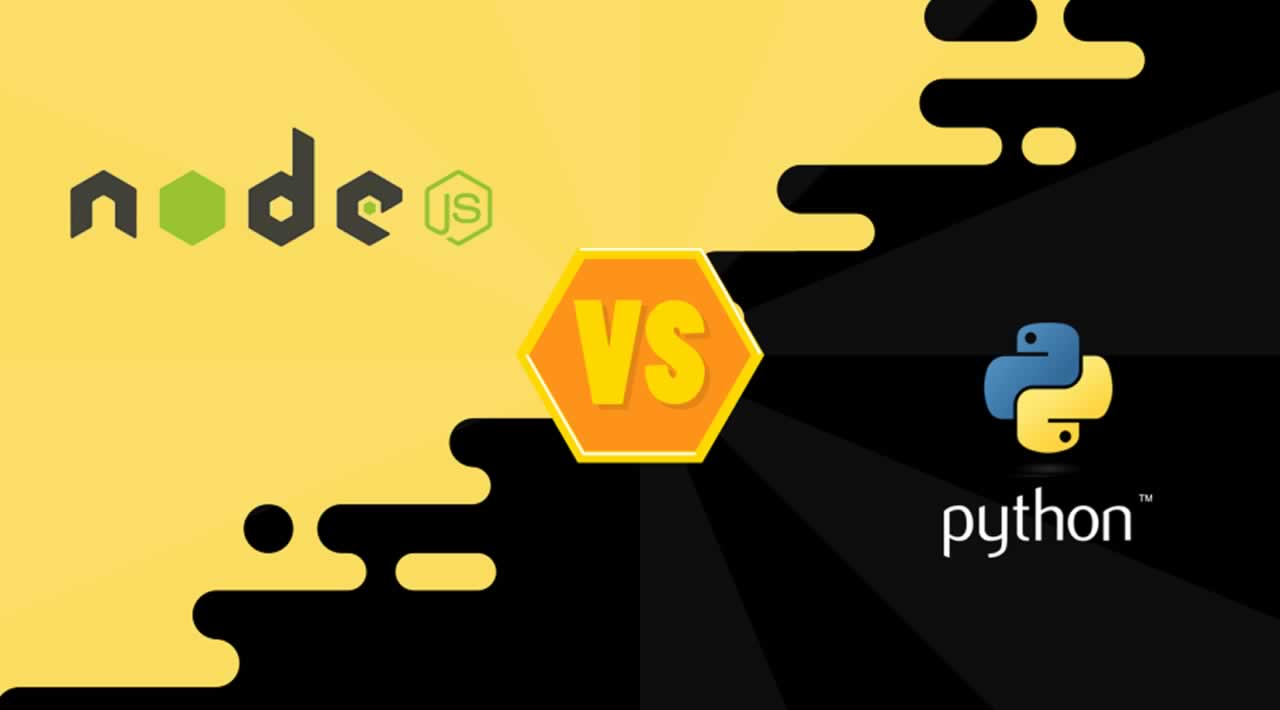

To learn how to control access to experiments, see MLflow Experiment permissions and Change permissions for experiment. The hosted MLflow tracking server has Python, Java, and R APIs. When you use Databricks, a Databricks-hosted tracking server logs the data. To make things quick, Jest runs previously failed tests first and re-organizes runs based on how long test files take. The Tracking API communicates with an MLflow tracking server. The MLflow Tracking API logs parameters, metrics, tags, and artifacts from a model run. For example, you can record images, models (for example, a pickled scikit-learn model), and data files (for example, a Parquet file) as an artifact.

Both keys and values are strings.Īrtifacts: Output files in any format.
Runjs vs make update#
You can update tags during and after a run completes. Tags: Run metadata saved as key-value pairs. Each metric can be updated throughout the course of the run (for example, to track how your model’s loss function is converging), and MLflow records and lets you visualize the metric’s history. Metrics: Model evaluation metrics saved as key-value pairs. Parameters: Model parameters saved as key-value pairs. Start & end time: Start and end time of the run. Version: Notebook revision if run from a notebook or Git commit hash if run from an MLflow Project. Source: Name of the notebook that launched the run or the project name and entry point for the run. Each run records the following information: Experiments let you visualize, search for, and compare runs, as well as download run artifacts and metadata for analysis in other tools.Īn MLflow run corresponds to a single execution of model code. MLflow tracking is based on two concepts, experiments and runs:Īn MLflow experiment is the primary unit of organization and access control for MLflow runs all MLflow runs belong to an experiment. To get started with MLflow, try one of the MLflow quickstart tutorials. The MLflow tracking component lets you log source properties, parameters, metrics, tags, and artifacts related to training a machine learning model.
Runjs vs make full#
Model serving with Serverless Real-Time Inference The first case: Changing which file is playing while in legacy full screen (100 reproducible) Play any video in legacy fullscreen.Focus on learning javascript and practicing. So, you just open Pla圜ode without installing anything, write code, javascript compiler runs your code instantly and shows the result. Log, load, register, and deploy MLflow Models In turn, Pla圜ode tries to use all the browser features to ensure maximum, comfortable run javascript online.Track ML Model training data with Delta Lake.Train a PySpark model and save in MLeap format.Train a scikit-learn model and save in scikit-learn format.Build dashboards with the MLflow Search API.Access the MLflow tracking server from outside Databricks.


 0 kommentar(er)
0 kommentar(er)
